The F word: why is the art world so afraid of feminism?
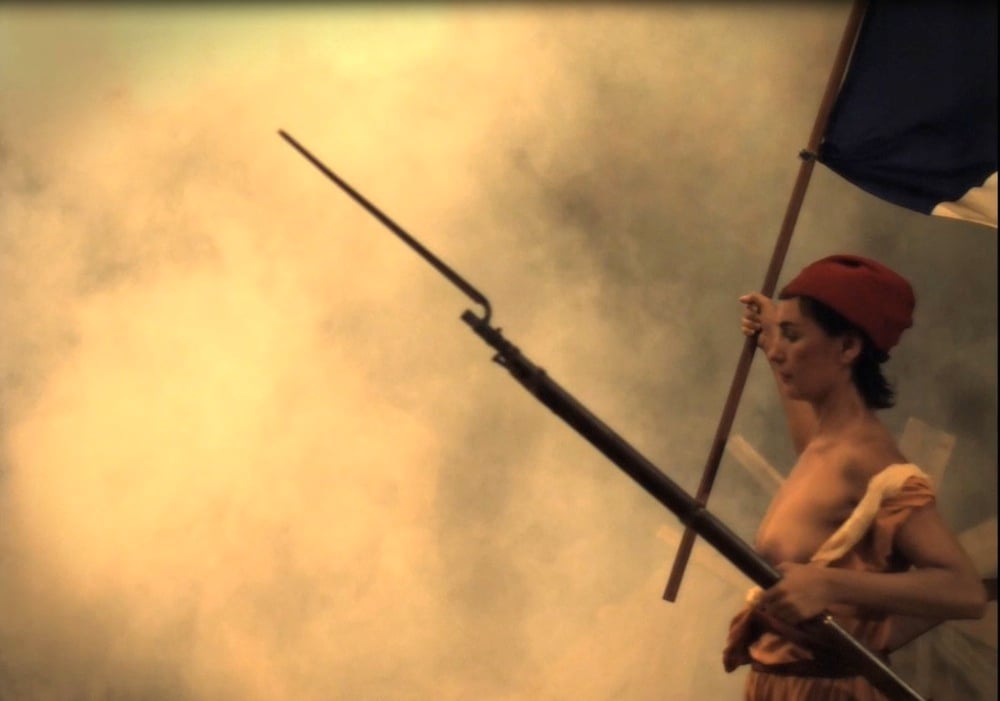
With her new exhibition branded anti-feminist, curator Olesya Turkina gives her take on the struggles, and the scandals, surrounding feminist art
When I was growing up, the word feminism didn’t exist. It only appeared along with perestroika, on the same wave as concepts like gender studies and civil society. It was perestroika that first got me thinking about the fact that all was not well with women’s equality in the USSR. Officially speaking, there was no feminism in the land of victorious communism. The feminist struggle had been called off by chief Soviet feminist Alexandra Kollontai, who insisted that women should not be distracted from the class struggle. Women in the Soviet Union did get equal rights, however: universal suffrage, the right to choose their job, equal pay. What’s more, a special quota for women was established in typically male professions. In 1921, International Women’s Day, which had first been observed in Russia in 1913, became an official celebration; in 1966 it became a public holiday. But the totalitarian state, despite its self-proclaimed commitment to equality, was extremely patriarchal. International Women’s Day became something like Mother’s Day, with kids making handicrafts for their mums and men bringing women flowers and gifts. The whole notion of struggle was taken out of the day. Soviet power had no need for feminism.
“Everyone is frightened of the word feminism”
When Marina Loshak, Nataliya Kamenetskaya and I decided to put on a large-scale feminist exhibition for the centenary of International Women’s Day in Russia, we were certain that we’d get support from women’s organisations and art funds, not to mention corporations … However, we were shocked to discover that everyone is frightened of the word feminism. For a variety of polite reasons, they refused any help. And this is despite the Russian obsession with anniversaries, and the fact that this is the new Worker and Kolkhoz Woman museum’s first contemporary show. Moreover, the core of female artists we had chosen was of the highest quality, ranging from the amazons of the Russian avant-garde and the icons of western feminism to the leading contemporary artists from Russia and abroad. If it hadn’t been for the support of museums, collectors, galleries and especially the women artists themselves, who offered their works for free, this exhibition would never have taken place. It was its very title, International Women’s Day: Feminism — from the avant-garde to the present day, and above all that word “feminism”, that seemed to provoke suspicion. Newspaper listings announcing the exhibition dripped with irony, which, as we all know, is often just a way of fending off fear: “Odalisques in gorilla masks”, “Feminists against tulips” and so on.
We planned it as a conceptual exhibition. The site was very important: inside the base of the most famous symbol of Soviet equality, Vera Mukhina’s gigantic sculpture Worker and Kolkhoz Woman (1937). In this way we wanted to show that feminism works in favour of general equality, not against it. Walking through the museum one sees the works that helped create a new image of woman: avant-garde textile designs of Lyubov Popova, Varvara Stepanova and Zinaida Raittser, porcelain by Yelena Danko and Varvara Sheronova, and posters by Varvara Kulagina. This section also features photographs by Alexander Rodchenko that hymn the liberated Soviet woman — the female athlete, the female worker. One floor is dedicated to the emergence of feminism in western art; for the first time in Russia we are showing works by Guerrilla Girls, Mary Kelly, and Martha Rosler. Also central to our theme was the work of ORLAN and VALIE EXPORT, who had solo shows in Russia 2004 and 2007 respectively.
“Feminism works in favour of general equality, not against it”
While preparing the exhibition, we expected that there might be some misunderstandings and disagreements about specific works and even the concept as a whole. Feminism is a sore point in Russia. But issues with feminism were lying in wait where we least expected them. In order to make sure our take was as complete as possible, we invited some young activist artists to join the exhibition: Umnaya Masha, Mikaela and Victoria Lomasko. Umnaya Masha offered us some feminist banners that called on women to fight for equality. Street artist Mikaela put her stencil series Women of the People’s Will directly on the walls of the exhibition space. We agreed with Victoria Lomasko that she would give us her series of drawings Chronicles of the Protest Movement 2011-2012, which we then printed in our catalogue. Imagine our surprise when the artist’s representative Nadezhda Plungian later brought us some completely different works by Lomasko. We returned those drawings to the artist. And that might have been that. But at the opening of the exhibition Feminist Initiative handed out postcards of Lomasko’s drawings with captions saying that they had been censored because of Pussy Riot. But there had never been any intention of using those drawings in the exhibition. A media scandal started because of three replacements. First, Feminist Initiative announced that we censored works that had never been selected for the exhibition. Second, the name Pussy Riot replaced the name Victoria Lomasko. Third, Feminist Initiative accused the curators of repressing Pussy Riot.
This raises another important question. Despite the fact that Pussy Riot have declared their feminist position, many Russian feminists, on both the “left” and the “right”, don’t see them that way. In her article in our exhibition catalogue, Nadezhda Plungian writes that Pussy Riot avoided contact with feminist activists and that “the media and art magazines focused firmly on covering the activities of Pussy Riot, and openly ignored civil feminist initiatives and female artists working in that field”.
“Feminism is of no interest not only to the right, but to the left as well”
So, while criticising Pussy Riot for drawing attention away from common goals to their activity, Feminist Initiative did exactly the same thing, shifting the focus away from a discussion of feminism, civil freedoms and Pussy Riot and on to themselves. In the end the media concentrated solely on Victoria Lomasko, who ended up being much more popular not only than the other participants in the exhibition, but also than the theme of feminism itself. In a patriarchal society you would have expected not only criticism, but also straight-up aggression in response to the theme of feminism. But this strategy to provoke a scandal has caused a much more serious problem. It turns out that feminism is of no interest not only to the right, but to the left as well. Both camps prefer to talk about censorship and repression and make use of headline-grabbing political discourse. I realised this yet again after I offered online cultural portal Colta my text explaining the situation, with the title That Terrifying Word Feminism. But the word feminism was too terrifying even for a liberal site. They took the headline off and, against my will, printed my article as a comment under the headline “Victoria Lomasko: ‘Feminist’ curators insult artists at feminist exhibition.”
The equality proclaimed during the Soviet Union often survives in name only. Russian society is becoming more and more patriarchal every day and the word feminism is largely understood as something negative. But feminism isn’t a luxury; it’s a daily necessity.
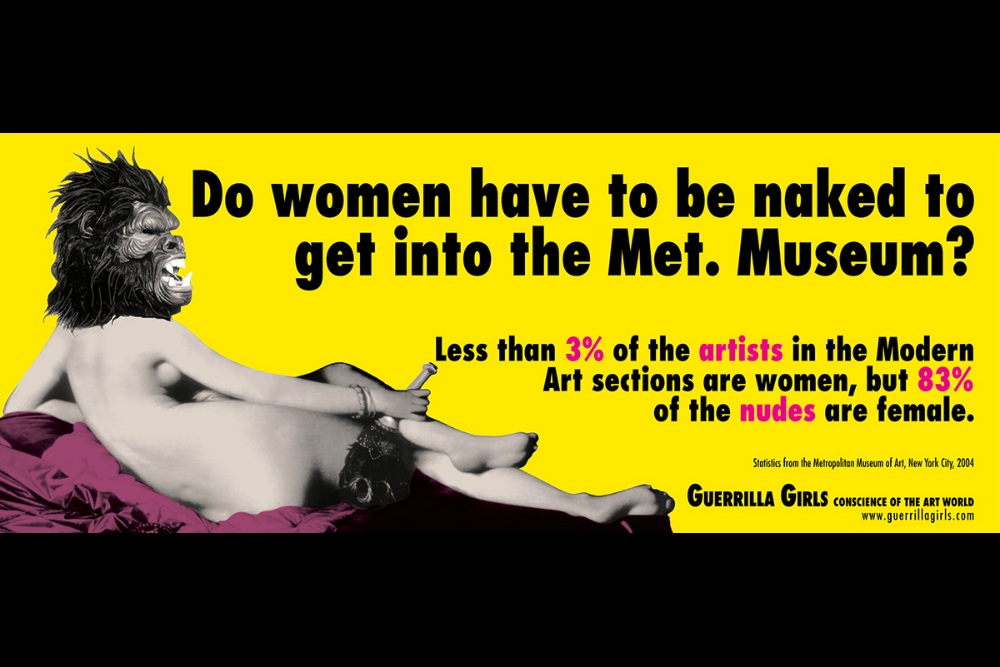
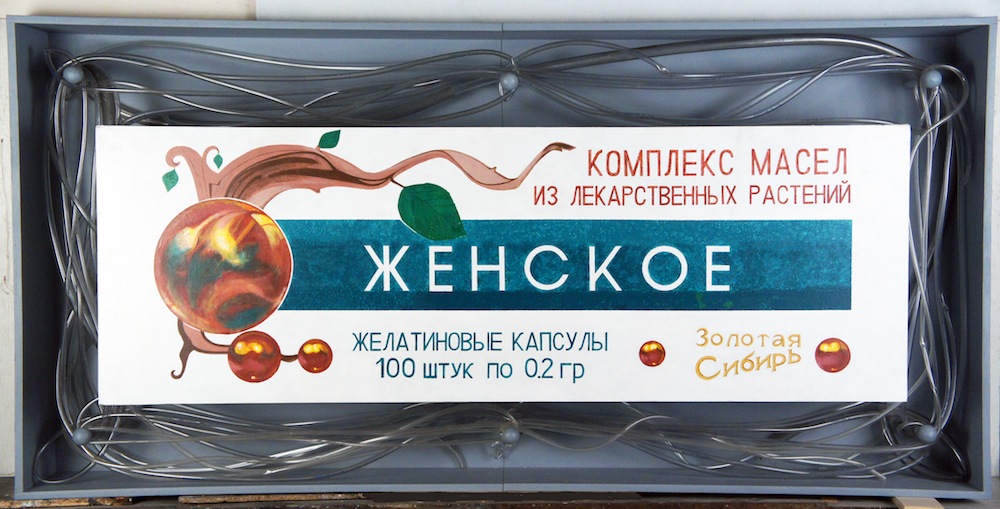
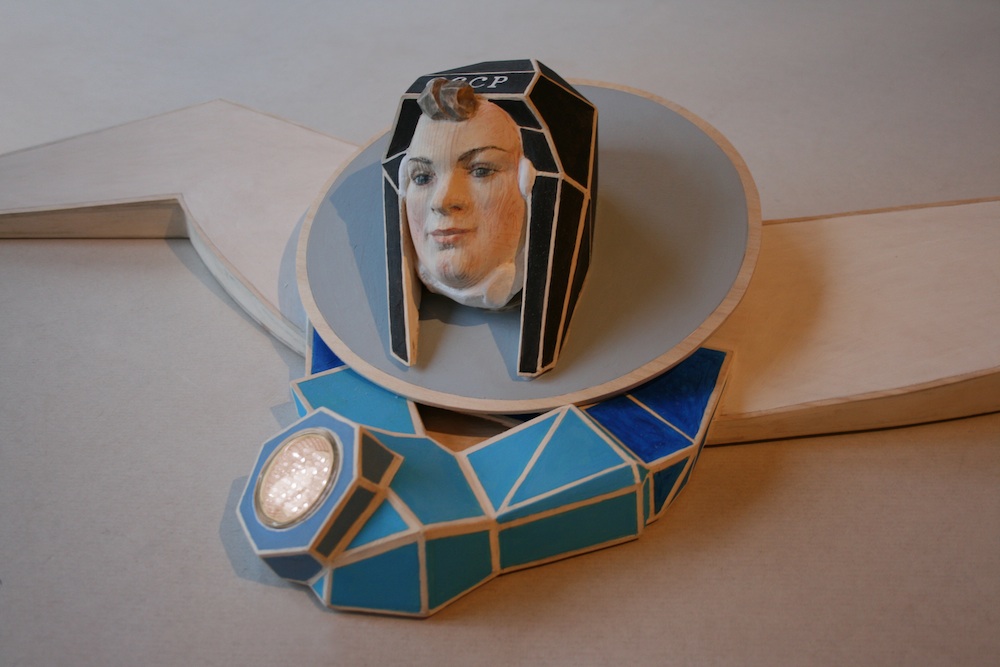
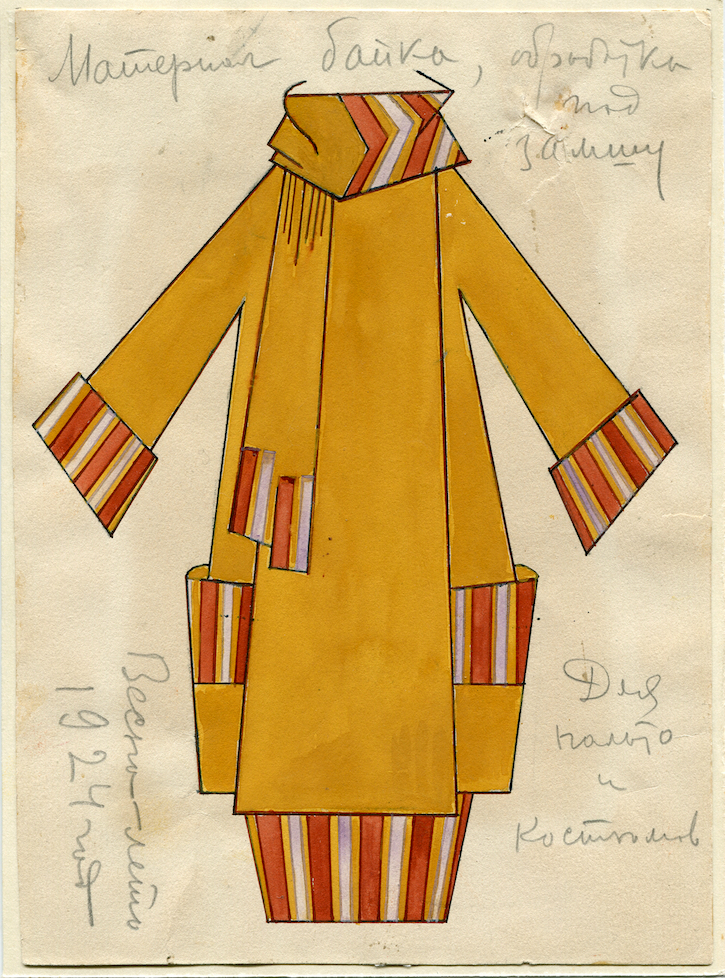
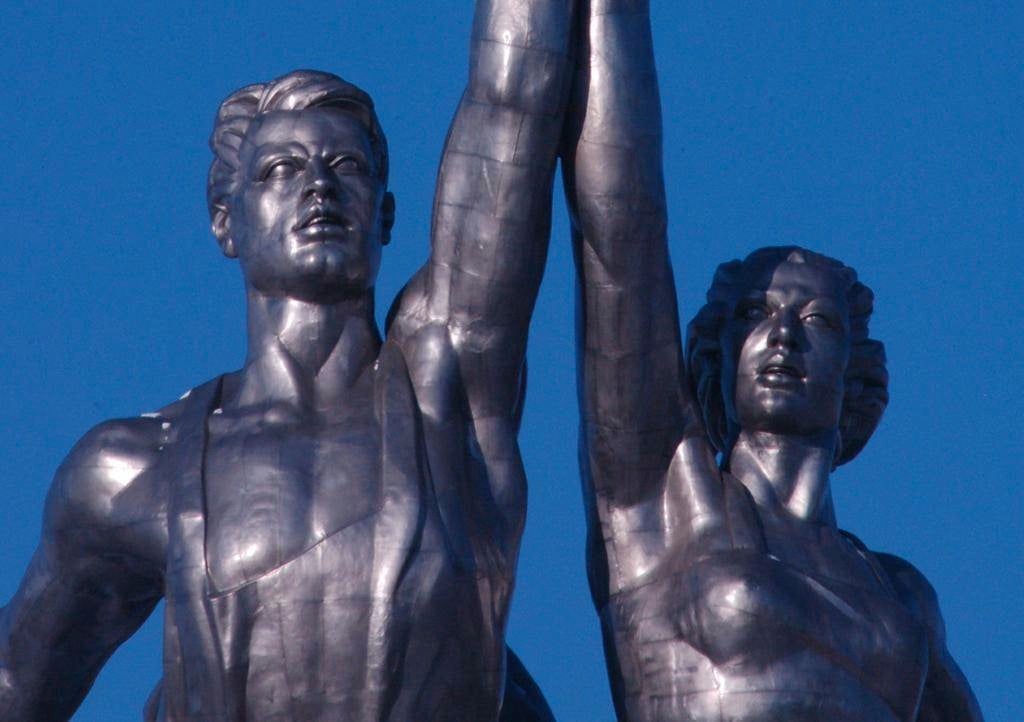
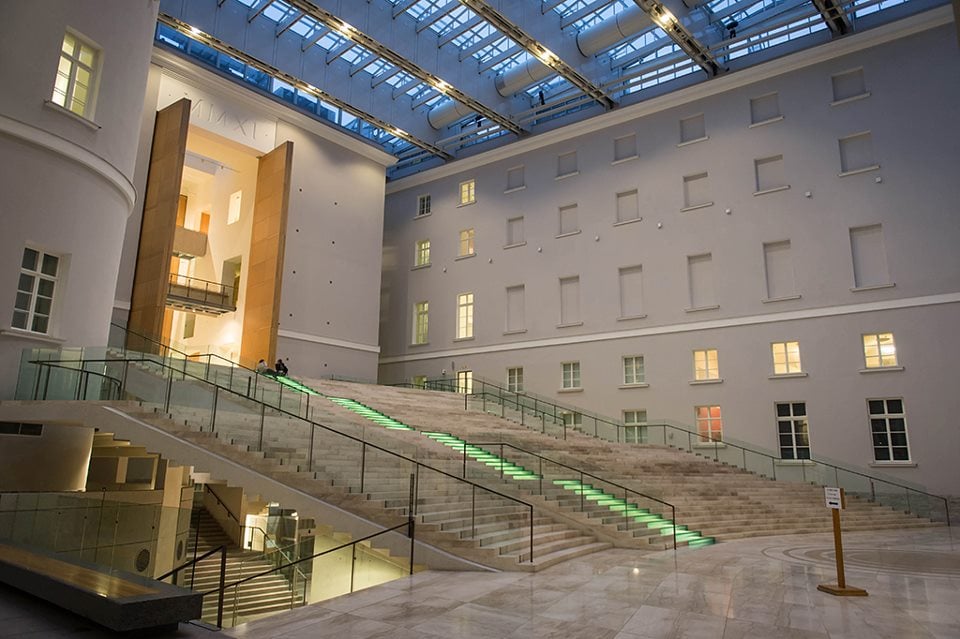
.jpg)